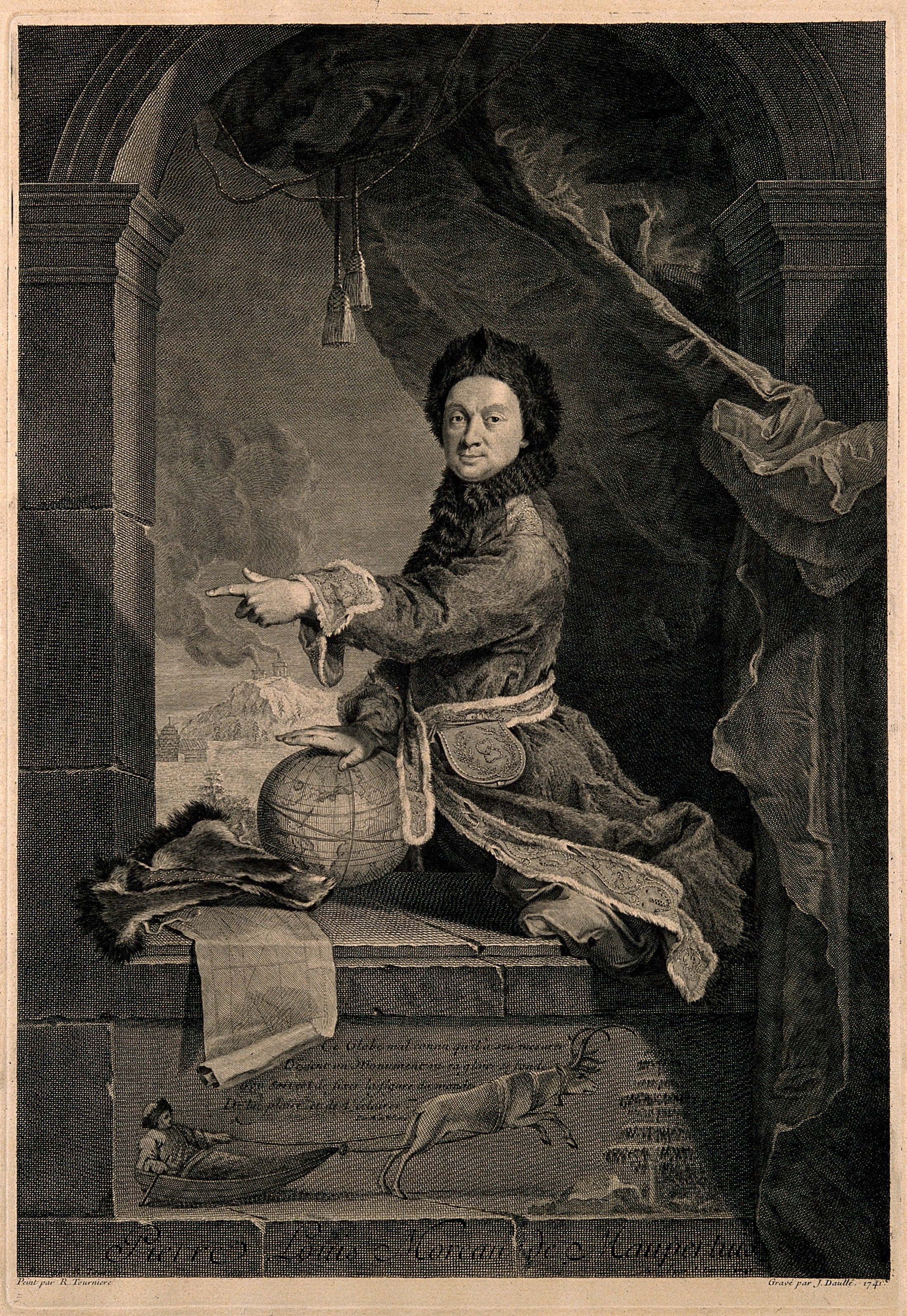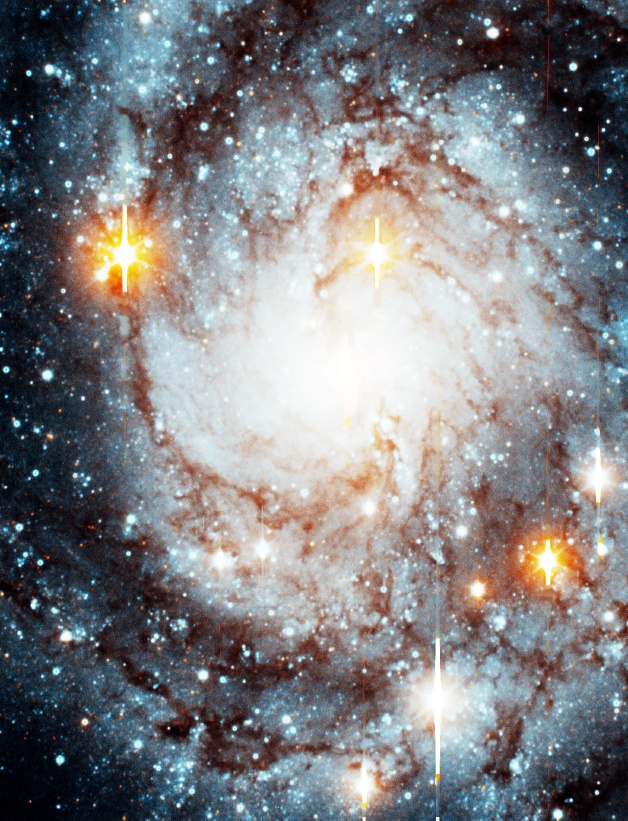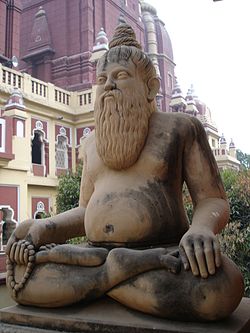http://en.wikipedia.org/wiki/Pierre_Louis_Maupertuis wrote:

Ipswitch: Ms. Benes the hat you charged
to the company was Sable, this is Neutria.
Elaine: Well, that's a kind of sable.
Ipswitch: No, its a kind of rat.
Elaine: That's a rat hat?
Ipswitch: And a poorly made one, even by rat hat standards.
<<Pierre-Louis Moreau de Maupertuis (Saint-Malo, 17 July 1698 – Basel, 27 July 1759) was a French mathematician, philosopher and man of letters. He became the Director of the Académie des Sciences, and the first President of the Berlin Academy of Science, at the invitation of Frederick the Great.
Maupertuis made an expedition to Lapland to determine the shape of the earth. He is often credited with having invented the principle of least action; a version is known as Maupertuis' principle – an integral equation that determines the path followed by a physical system. His work in natural history has its interesting points, since he touched on aspects of heredity and the struggle for life.
His early mathematical work revolved around the vis viva controversy, for which Maupertuis developed and extended the work of Isaac Newton (whose theories were not yet widely accepted outside England) and argued against the waning Cartesian mechanics. In the 1730s, the shape of the Earth became a flashpoint in the battle among rival systems of mechanics. Maupertuis, based on his exposition of Newton (with the help of his mentor Johan Bernoulli) predicted that the Earth should be oblate, while his rival Jacques Cassini measured it astronomically to be prolate. In 1736 Maupertuis acted as chief of the French Geodesic Mission sent by King Louis XV to Lapland to measure the length of a degree of arc of the meridian. His results, which he published in a book detailing his procedures, essentially settled the controversy in his favor. The book included an adventure narrative of the expedition, and an account of the
Käymäjärvi Inscriptions. On his return home he became a member of almost all the scientific societies of Europe.
After the Lapland expedition, Maupertuis set about generalizing his earlier mathematical work, proposing the principle of least action as a metaphysical principle that underlies all the laws of mechanics. He also expanded into the biological realm, anonymously publishing a book that was part popular science, part philosophy, and part erotica: Vénus physique. In that work, Maupertuis proposed a theory of generation (i.e., reproduction) in which organic matter possessed a self-organizing “intelligence” that was analogous to the contemporary chemical concept of affinities, which was widely read and commented upon favorably by Georges-Louis Leclerc, Comte de Buffon. He later developed his views on living things further in a more formal pseudonymous work that explored heredity, collecting evidence that confirmed the contributions of both sexes and treated variations as statistical phenomena.
In 1740 Maupertuis went to Berlin at the invitation of Frederick II of Prussia, and took part in the Battle of Mollwitz, where he was taken prisoner by the Austrians. On his release he returned to Berlin, and thence to Paris, where he was elected director of the Academy of Sciences in 1742. Returning to Berlin in 1744, again at the desire of Frederick II, he was chosen president of the Prussian Royal Academy of Sciences in 1746, which he controlled with the help of Leonhard Euler until his death. Finding his health declining, he retired in 1757 to the south of France, but went in 1758 to Basel, where he died a year later. Maupertuis' difficult disposition involved him in constant quarrels, of which his controversies with Samuel König and Voltaire during the latter part of his life are examples.
"The brilliance of much of what he did was undermined by his tendency to leave work unfinished, his failure to realise his own potential. It was the insight of genius that led him to least-action principle, but a lack of intellectual energy or rigour that prevented his giving it the mathematical foundation that Lagrange would provide... He reveals remarkable powers of perception in heredity, in understanding the mechanism by which species developed, even in immunology, but no fully elaborated theory. His philosophical work is his most enthralling: bold, exciting, well argued."
Maupertuis espoused a theory of pangenesis, postulating particles from both mother and father as responsible for the characters of the child. Bowler credits him with studies on heredity, with the natural origin of human races, and with the idea that forms of life may have changed with time. The chief debate that Maupertuis was engaged in was one that treated the competing theories of generation (i.e. preformationism and epigenesis). His account of life involved spontaneous generation of new kinds of animals and plants, together with massive elimination of deficient forms. These ideas avoid the need for a Creator, but are not part of modern thinking on evolution. The date of these speculations, 1745, is concurrent with Carolus Linnaeus's own work, and so predates any firm notion of species. Also, the work on genealogy, coupled with the tracing of phenotypic characters through lineages, foreshadows later work done in genetics. In summary, Maupertuis' work on biology is good so far as it goes; like other proto-evolutionary thinkers, he did not follow up his excellent ideas with adequate studies to collect evidence and develop their potential.
The principle of least action states that in all natural phenomena a quantity called ‘action’ tends to be minimized. Maupertuis developed such a principle over two decades. For him, action could be expressed mathematically as the product of the mass of the body involved, the distance it had traveled and the velocity at which it was traveling. In 1741, he gave a paper to the Paris Academy of Sciences, Loi du repos des corps, (Law of bodies at rest). In it he showed that a system of bodies at rest tends to reach a position in which any change would create the smallest possible change in a quantity that he argued could be assimilated to action. In 1744, in another paper to the Paris Academy, he gave his Accord de plusieurs lois naturelles qui avaient paru jusqu’ici incompatibles (Agreement of several natural laws that had hitherto seemed to be incompatible) to show that the behaviour of light during refraction – when it bends on entering a new medium – was such that the total path it followed, from a point in the first medium to a point in the second, minimised a quantity which he again assimilated to action. ‘Least action’ sounds like an economy principle, roughly equivalent to the idea of economy of effort in daily life. A universal principle of economy of effort would seem to display the working of wisdom in the very construction of the universe. This seems, in Maupertuis’s view, a more powerful argument for the existence of an infinitely wise creator than any other that can be advanced. He published his thinking on these matters in his Essai de cosmologie (Essay on cosmology) of 1750. He shows that the major arguments advanced to prove God, from the wonders of nature or the apparent regularity of the universe, are all open to objection (what wonder is there in the existence of certain particularly repulsive insects, what regularity is there in the observation that all the planets turn in nearly the same plane – exactly the same plane might have been striking but 'nearly the same plane' is far less convincing).
But a universal principle of wisdom (i.e., "the principle of least action")
provides an undeniable proof of the shaping of the universe by a wise creator.>>
owlice wrote:
It is most appropriate if Yogi acts feebly and slowly in all activities just like a weak, sick person.
 Hidden Galaxy IC 342
Hidden Galaxy IC 342






